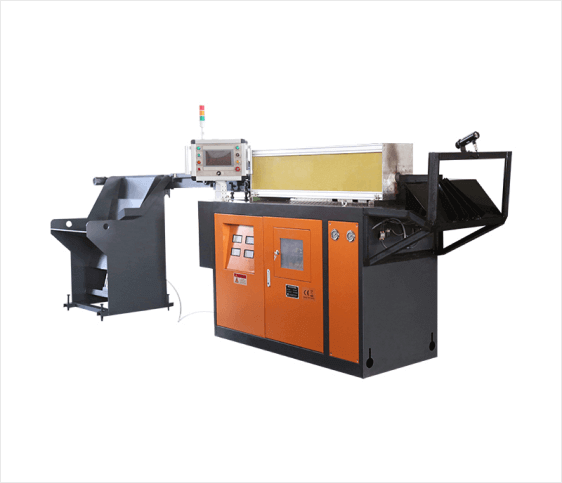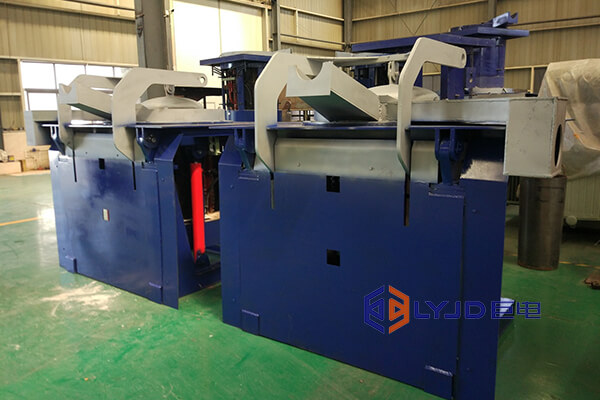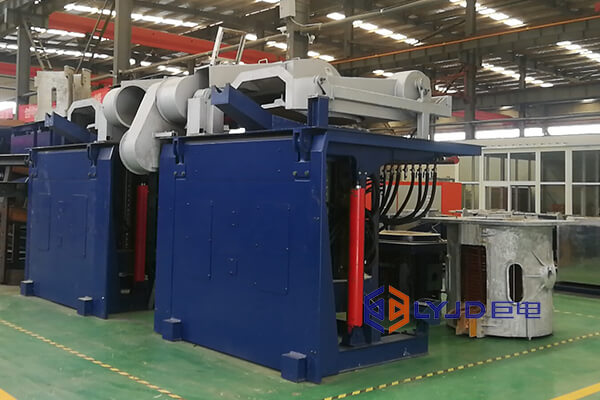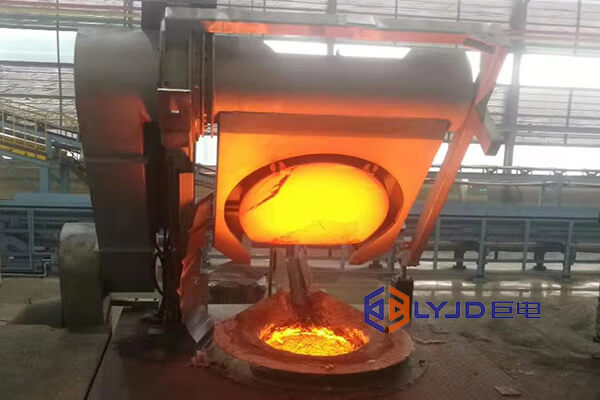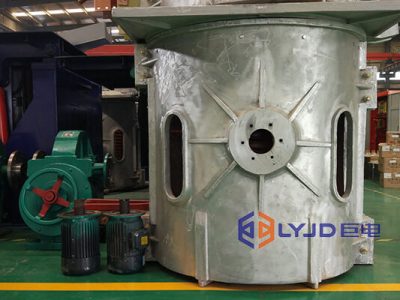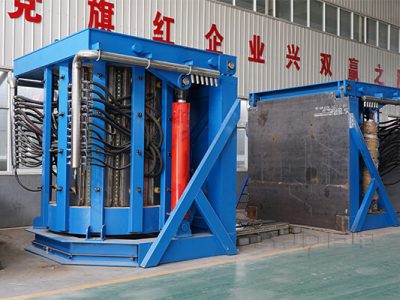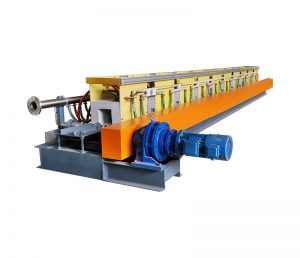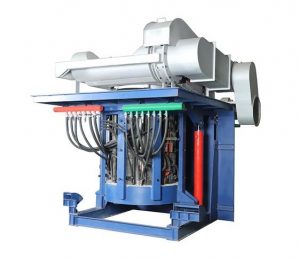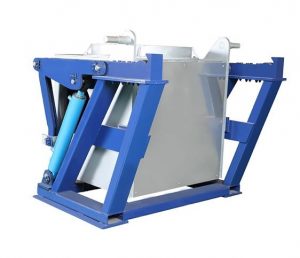A scrap iron melting furnace is essential equipment for recycling scrap iron efficiently. It melts scrap iron into a liquid state, ready for casting, forging, or other downstream processes. With the increasing demand for sustainable steel production, optimizing furnace operations has become a top priority for manufacturers worldwide.
There are several types of scrap iron melting furnaces, each suitable for different production scales and scrap iron characteristics. Common types include medium frequency induction melting furnaces, electric arc furnaces, and gas melting furnaces. Selecting the right furnace type is key to balancing productivity, energy efficiency, and operational costs.
How to Choose the Right Scrap Iron Melting Furnace
1. Equipment Power and Capacity
The furnace should match your production scale and the volume of scrap iron processed. Selecting a properly sized furnace ensures consistent melting and avoids unnecessary energy consumption.
2. Melting Efficiency
Different furnaces have varying melting speeds and efficiency levels. For high-volume operations, medium frequency induction furnaces often provide faster melting and more uniform heat distribution compared to traditional arc or gas furnaces.
3. Energy Consumption and Environmental Performance
Energy costs are a significant part of total production costs. Furnaces with higher energy efficiency and lower emissions reduce operating expenses and help comply with environmental regulations.
4. Equipment Quality and After-Sales Service
Reliable suppliers with proven quality and responsive after-sales support help maintain stable operations and minimize downtime. Ensuring access to replacement parts and technical assistance is critical for long-term cost control.
Scrap Iron Melting Furnace Types and Considerations
Medium Frequency Induction Furnace
- Advantages: Fast melting, energy-efficient, environmentally friendly
- Cost Range: Tens of thousands to hundreds of thousands USD depending on power, capacity, and automation level
Electric Arc Furnace
- Advantages: Simple design, relatively low initial cost
- Drawbacks: Higher energy consumption, potential environmental concerns
- Cost Range: Tens of thousands to hundreds of thousands USD
Gas Melting Furnace
- Advantages: Affordable initial investment
- Drawbacks: Gas supply logistics and cost considerations
- Cost Range: Tens of thousands to hundreds of thousands USD
Strategies to Optimize Production Costs
To maximize efficiency and reduce expenses, consider the following cost optimization measures:
1. Efficient Scrap Sorting
Separate scrap iron by type and quality. This ensures consistent melting, reduces energy use, and lowers refining costs.
2. Use High-Quality Scrap
High-quality scrap minimizes impurities, decreases additional processing, and improves furnace efficiency.
3. Energy Management
- Improve furnace insulation
- Minimize heat loss
- Consider renewable energy integration
These steps help reduce energy costs significantly.
4. Process Automation
Automated feeding, temperature control, and monitoring reduce human error and enhance production consistency.
5. Regular Maintenance
Routine inspections, timely repairs, and component replacement prevent unexpected downtime and maintain operational efficiency.
6. Optimal Charging Practices
Systematic loading of scrap maximizes furnace capacity, ensures uniform melting, and shortens cycle times.
7. Continuous Monitoring
Use real-time monitoring systems to track energy usage, production output, and process parameters, identifying opportunities for improvement.
8. Operator Training
Well-trained staff can operate furnaces more efficiently, perform preventive maintenance, and follow safety protocols, reducing operational risks and costs.
9. Supply Chain Optimization
Streamline procurement, storage, and transportation of scrap iron to reduce costs and ensure timely availability of materials.
10. Waste Management
Recycle by-products and minimize material waste to lower disposal costs and environmental impact.
Why Optimizing Costs Matters
Effective cost management in scrap iron melting operations results in:
- Lower energy bills and operational costs
- Higher production efficiency and throughput
- Improved product quality
- Sustainable operations with reduced environmental impact
By combining efficient equipment, proper raw material management, process automation, and skilled operators, manufacturers can achieve significant savings while maintaining high-quality output.
Conclusion
Optimizing the production cost of a scrap iron melting furnace requires a holistic approach: selecting the right furnace type, improving energy efficiency, maintaining equipment, and training operators. Companies that implement these strategies not only reduce costs but also enhance production efficiency, ensure consistent product quality, and strengthen their position in the global steel and recycling market.
